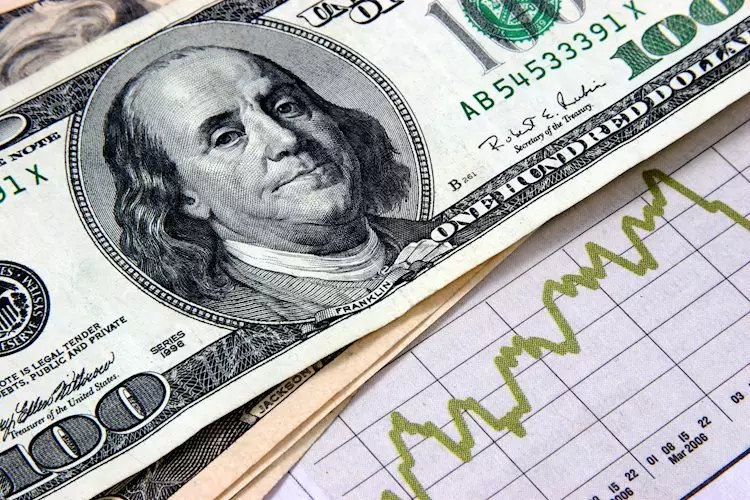The US inflation rate, as measured by the PCE Price Index, remained steady at 2.5% year over year in July. Despite this, the US Dollar is gaining strength due to the robustness of the American economy. The labor market remains a focal point for the Federal Reserve as they prepare to make decisions for September. The US Dollar Index (DXY) increased after the release of July’s Personal Consumption Expenditures (PCE) Index, which showed that inflation is being contained. The Federal Reserve has hinted at a rate cut in September, but the recent PCE data may not be enough to convince the central bank to implement a 50-basis-point reduction. The Core PCE Price Index, which excludes volatile items like food and energy, also matched June’s rise at 2.6%. The data indicates that inflation is decreasing, but the pace of any rate cuts will depend on forthcoming labor market information.
The US Dollar is the official currency of the United States and is widely used in various other countries where it is accepted alongside local currencies. It is the most traded currency globally, representing over 88% of all foreign exchange turnover, amounting to an average of $6.6 trillion in transactions per day. Following World War II, the USD became the world’s reserve currency, replacing the British Pound. Historically, the US Dollar was backed by gold until the Bretton Woods Agreement in 1971 terminated the Gold Standard. The value of the USD is heavily influenced by the monetary policies set by the Federal Reserve. The Fed’s primary objectives are to maintain price stability by controlling inflation and to promote full employment. Adjusting interest rates is the primary tool used by the Fed to achieve these goals.
In cases where inflation exceeds the Fed’s target of 2% or when unemployment rates are high, the Federal Reserve may lower interest rates to stimulate economic activity, which can weaken the US Dollar. In extreme circumstances, the Fed may resort to quantitative easing (QE), a non-standard policy involving the increased injection of credit into the financial system. QE was utilized during the Great Financial Crisis in 2008 when credit markets froze, and traditional rate cuts were deemed insufficient. The process involves the Fed purchasing US government bonds from financial institutions, leading to the devaluation of the USD. In contrast, quantitative tightening (QT) involves the Federal Reserve halting the purchase of bonds from financial institutions and ceasing reinvestment of maturing securities. This policy generally strengthens the US Dollar.
The latest technical analysis of the US Dollar Index (DXY) suggests a potential recovery. The Relative Strength Index (RSI) is trending upwards, while the Moving Average Convergence Divergence (MACD) is showing lower red bars. If the DXY remains above the 101.00 level, it could trigger a rally towards the 20-day Simple Moving Average (SMA) at 102.00. Despite the negative overall outlook, a rebound beyond the SMA could change the narrative. Support levels for the USD are identified at 100.50, 100.30, and 100.00, with resistance levels at 101.70, 101.80, and 102.00.
The relationship between US inflation and the US Dollar is intricate and influenced by various factors such as monetary policy, economic data, and global market conditions. The decisions made by the Federal Reserve regarding interest rates and unconventional measures like QE play a significant role in determining the value of the USD. Monitoring inflation trends, labor market indicators, and technical analysis can provide insights into the future performance of the US Dollar in the foreign exchange market.


Leave a Reply